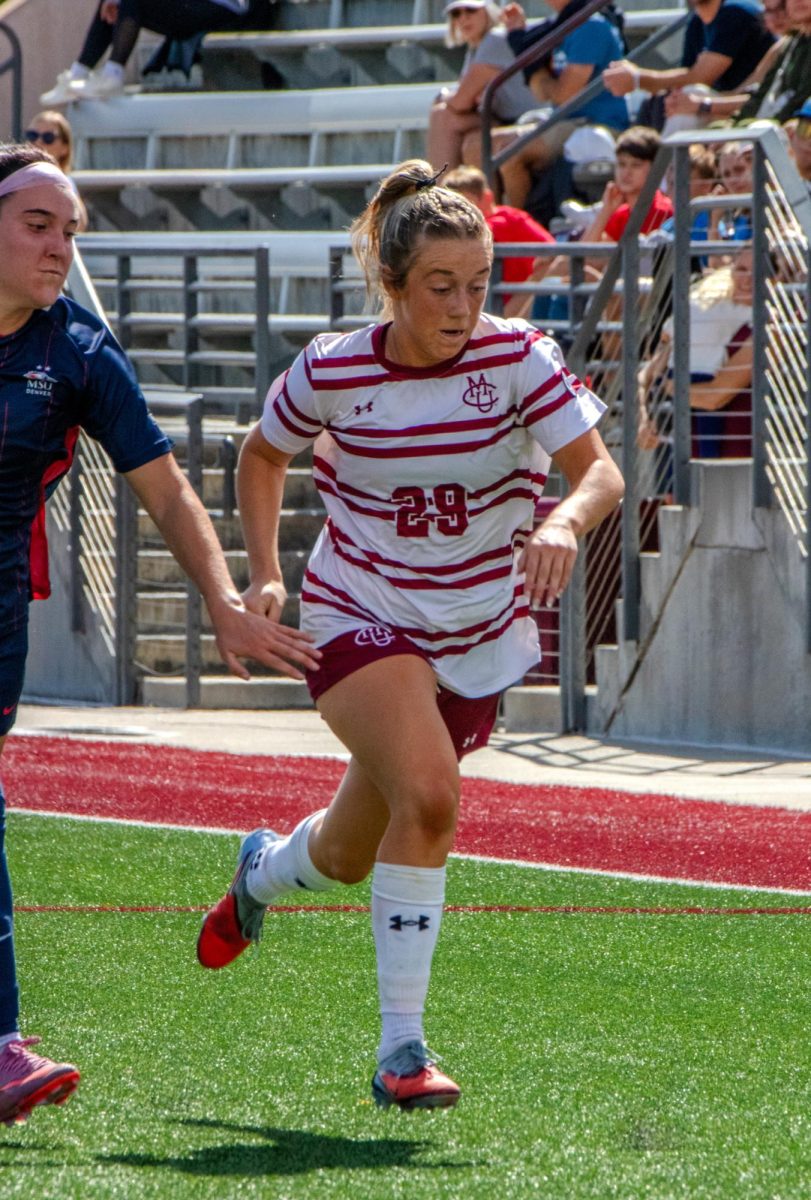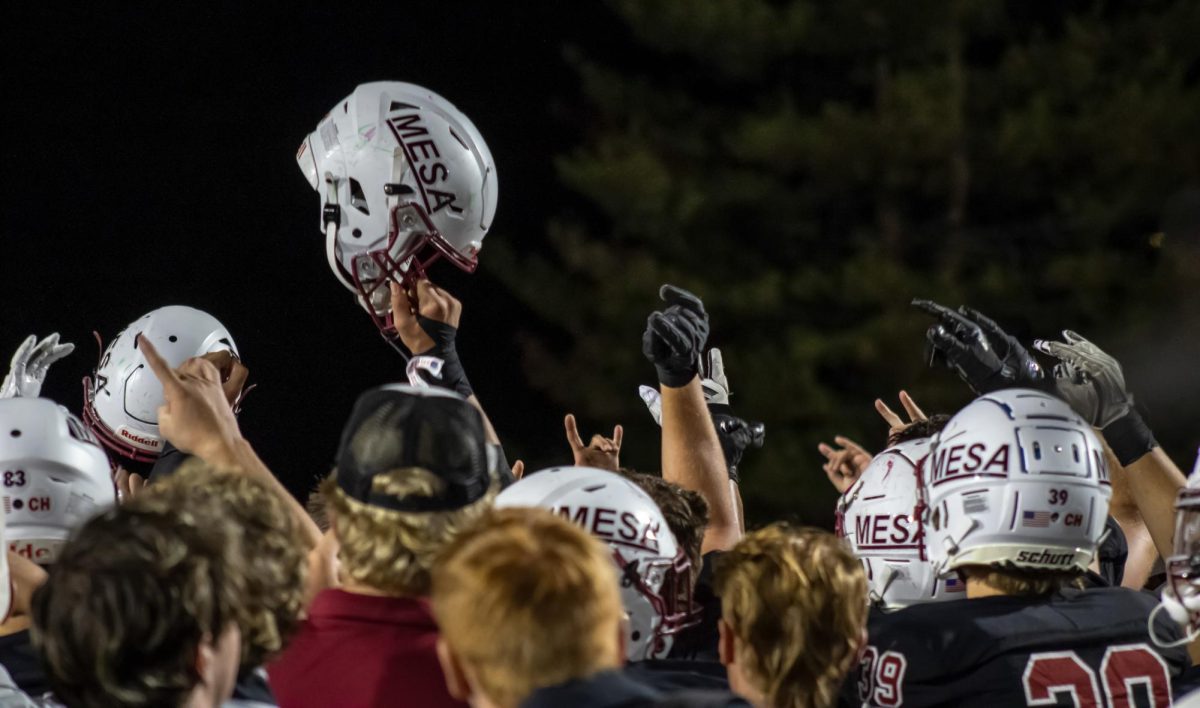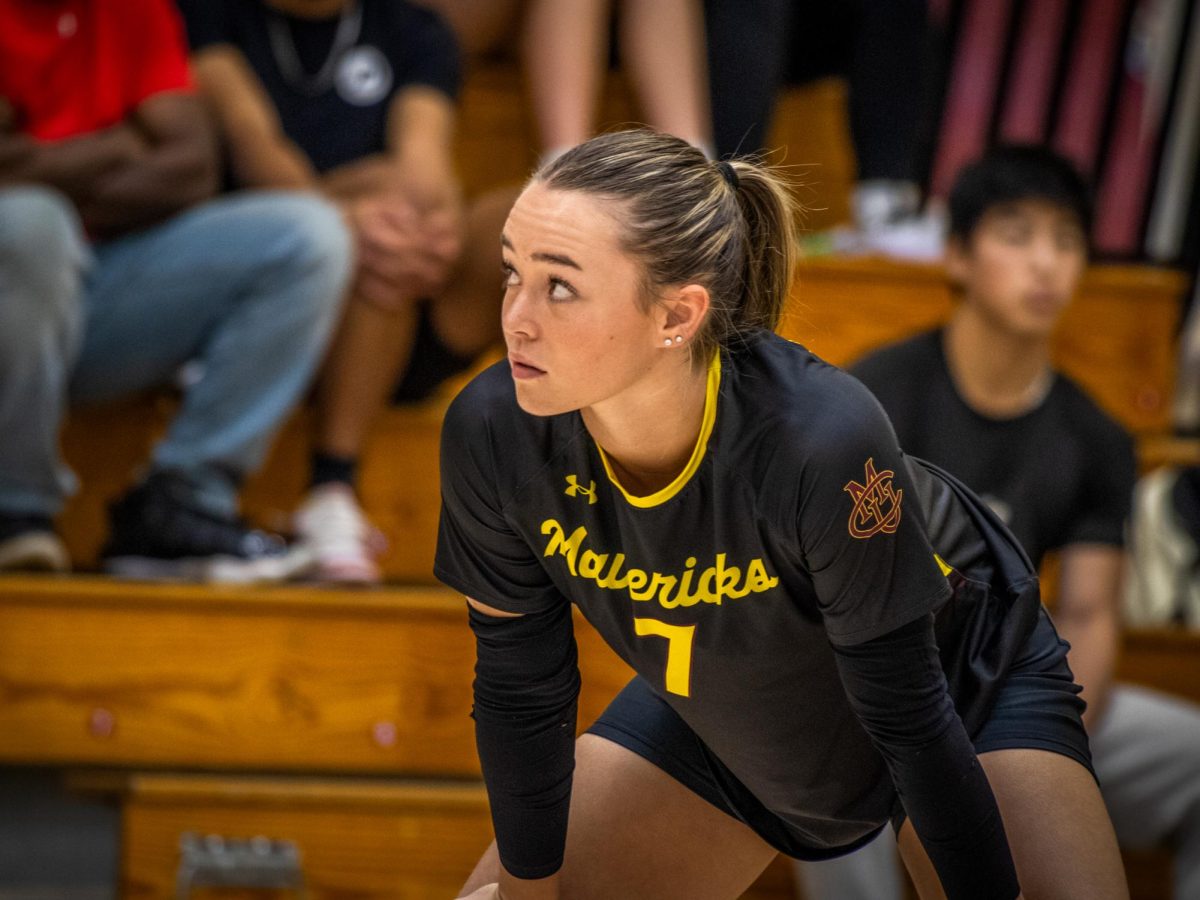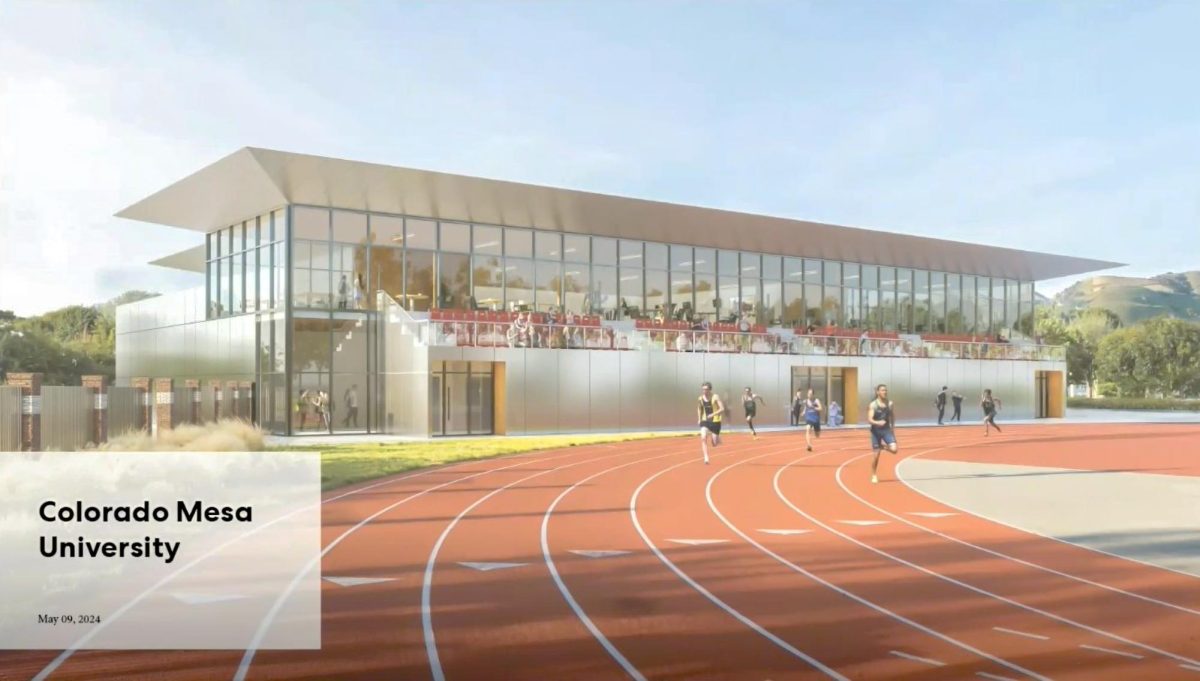When Colorado Mesa University students commit to play a Division II sport, they understand that traveling is just a part of life when you are a student-athlete. Athletes can travel many extensive hours through the day and night to get to their eventual game. They will fly on planes to states like North Carolina or Florida, for occasions like playoffs or national championships, but usually, the athletes travel on a charter bus.
Teams like football, lacrosse and baseball can travel anywhere from 40 to 70 athletes for one road trip. Sometimes teams take multiple buses in order to take all the athletes they can.
“We just got back from California and it’s not fun at times, especially when you get on the eight or nine-hour mark,” CMU Baseball player Nick Borowski said, “But it’s kind of cool because you are with your buds.”
A trip to California on a charter bus each way can take up to 15-16 hours.
On trips, even if athletes, coaches and trainers, travel all day and night, they are still expected to go back to classes and work the next school day.
“The athletes in this conference [Rocky Mountain Athletic Conference] and the athletes at this school, really find out there is a lot of travel and that’s just part of it,” Head football coach Russ Martin said.
Coaches will try to make sure that athletes have movies and snacks and make the travel as smooth as possible.
“A thing that we do a lot is sandwiches, and it’s terrible. I am not a big sandwich person,” Volleyball player Mackenzie Edwards said.
Despite the inconvenience of being on a sometimes cramped bus for extensive hours and long nights, the athletes are still with their teammates; therefore, will more than likely make the experience more of a fun bonding experience. The charter buses are also not like they usual boring bus high school either. They offer luxuries such as Wifi, softer seats and even bathrooms.
“My friend and I, we started causing like a scene, so I bring a sleeping bag, she brings a yoga mat, then we bring like two or three blankets and we just make beds on the floor,” Edwards said.
Athletes will lay on the isles and if you are lucky, you could get two seats to yourself.
CMU varsity teams sleep in nice hotels, go out to eat and play very hard. Parents of athletes are a huge help when teams travel. They will bring food, snacks and drinks if they are close to the destination game. It helps the coaches out.
“We stay at nice hotels for the most part, they aren’t the upscale ones, but they are nice ones. I think the athletes have a good experience,” Russ Martin said.
Despite the occasional luxuries, there are the bad repercussions of traveling on a bus. Busses will break down and athletes have to add hours to an already long trip. Equipment will be forgotten and athletes will just have to deal not having something apart of their attire. Teams will have to be on the bus on the I-70 highway when it’s snowing and hope their driver remembered to put chains on the tires.
It can be draining for teams.
But what’s the difference between D2 schools and D1 schools? There is a huge difference. They don’t travel the same, D1 schools will always fly to any destination game. Russ Martin has had the best of both worlds when he started his coaching career at Baylor University in 1985.
“It’s a night and day difference,” Martin said. “The only ones [games] we drove to were if they were basically two or three hours away.” D1 players will stay at upscale hotels, most of the time they will have meals catered to them in the hotel and they have a lot of money for traveling.
Division I schools do have the funding for it, too. Athletics are anything and everything at Division I schools. Some would say they are treated like royalty at times.
“ I mean I am guessing they [D1 schools] fly and we take the bus. They probably eat a lot better than us, but I like staying in the hotels we stay in,” CMU quarterback Eystin Salum said.
Traveling can be tough, but CMU athletes will always make the best out of it.
“Our players and I think you could ask any of the coaches, I think the commitment of there players, is no less than the D1 level,” Martin said. “It’s may not be the same talent level throughout the squad, but the commitment is the same and the athletes of division two, have a much tougher time trying to make all the ends meet because of the amount of hours they are traveling.”








